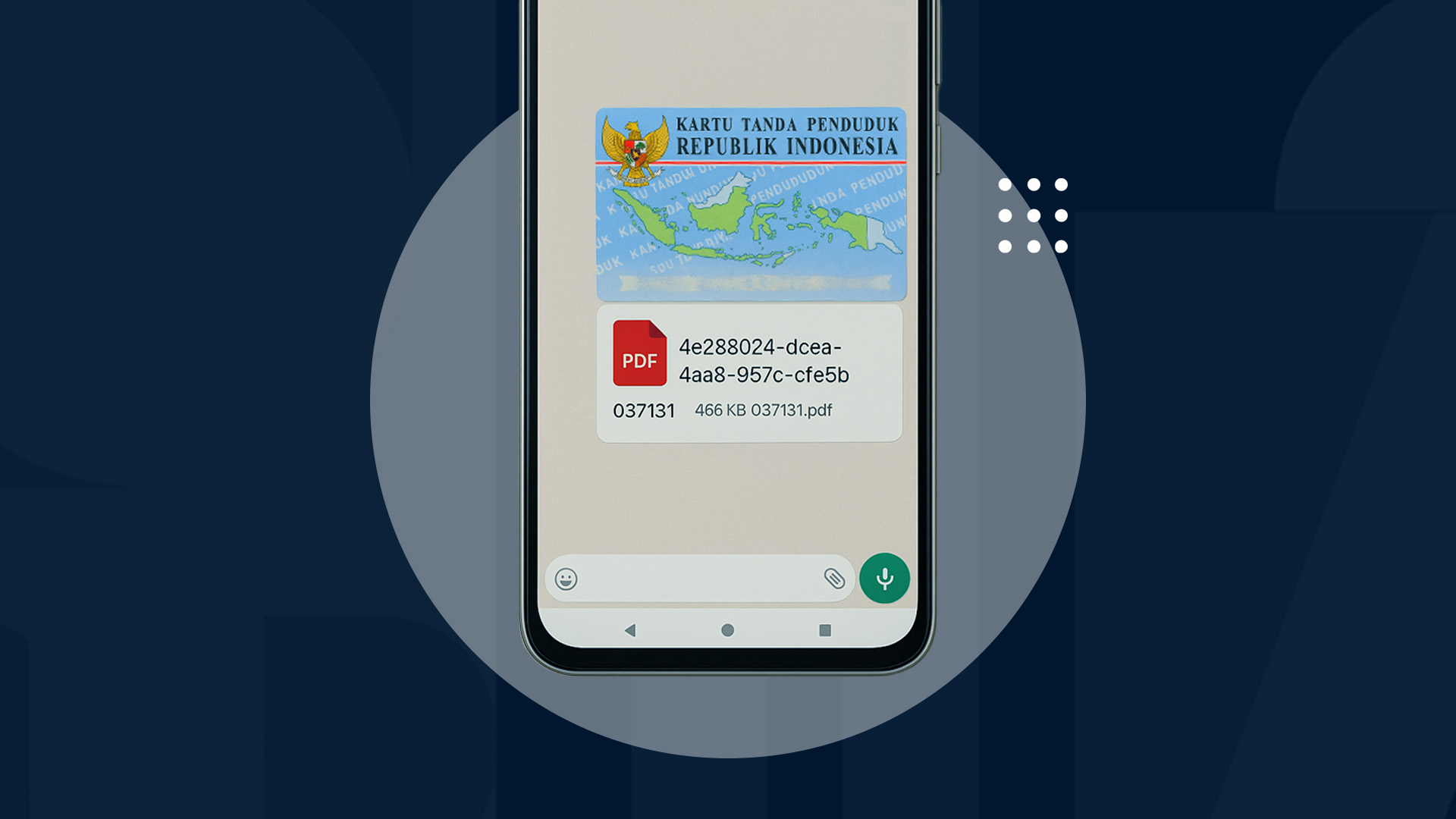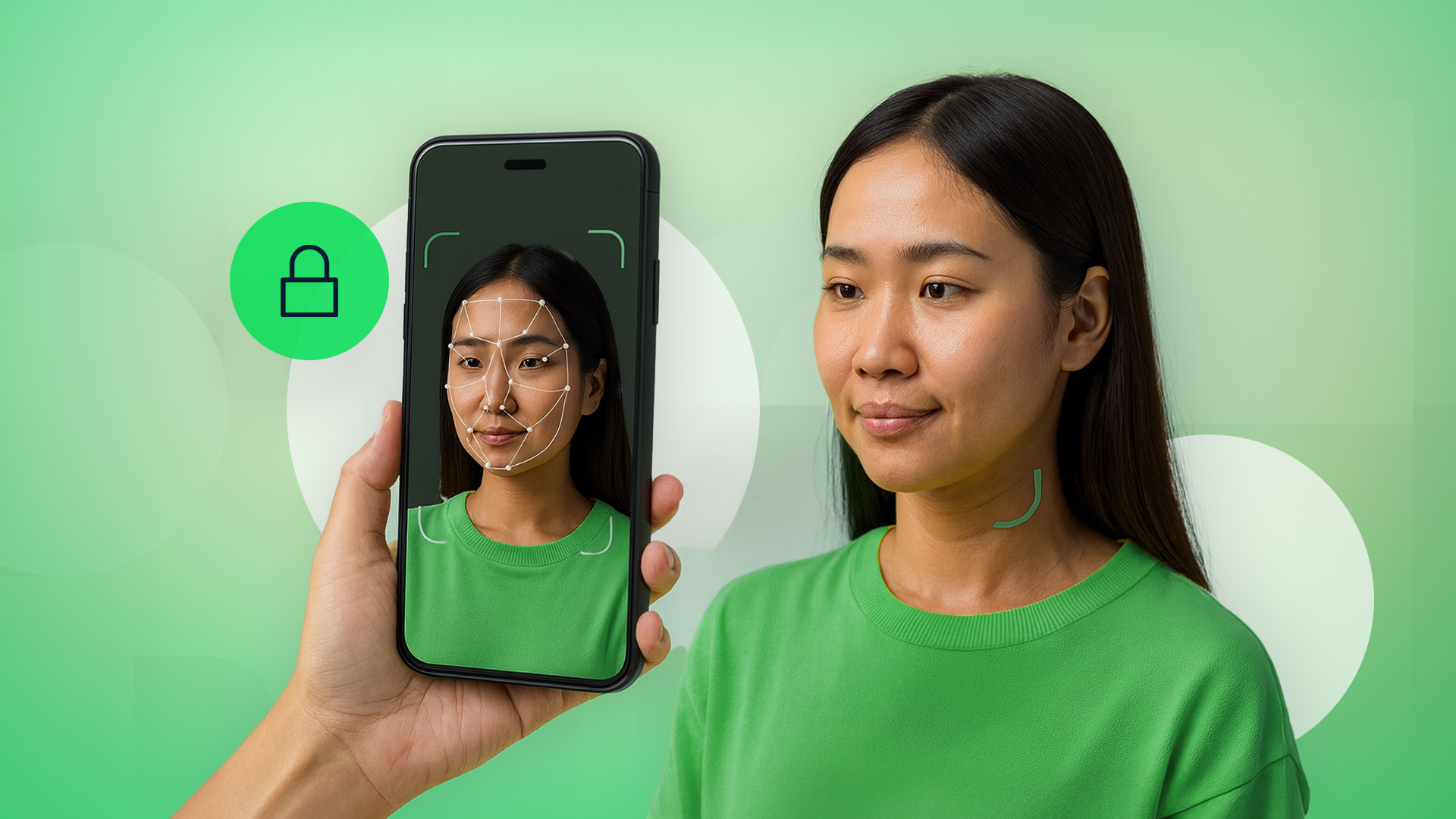Have you, as a digital technology user, ever received an OTP code via SMS, Email, or WhatsApp? In the digital world, an OTP code is an identity verification code. While sometimes inconvenient, verification codes are essential for the security of users' personal data. What exactly is a verification code? Why is a platform without verification codes dangerous? Here’s the explanation.
What is a Verification Code?
A verification code is a unique code that is time-limited and used to strengthen data security layers. This code is created by the application platform and sent to users during the login or transaction process. Here’s an explanation of verification codes:
1. One-Time Use
A verification code/OTP is a one-time password used to log into an application. The verification code is sent to the user's mobile phone number or email address immediately after the user enters that data.
2. As an Authentication Factor
A verification code functions as an authentication factor that complements the password or biometric data you have on an application.
3. Short Validity
The validity period of the verification code is intentionally made short to be used immediately by the account owner. The purpose is to ensure there is no gap for unauthorized parties to use the code. The verification code can only be used once. If you request the verification code again, the code sequence will definitely change.
4. Contains Unique Code
A verification code generally consists of 4-6 unique digits. This code should not be disclosed to anyone as it functions to safeguard your account and personal data.
Why Do You Need a Verification Code
A verification code or OTP is very necessary to strengthen personal data security on the platform system. Here are the reasons why verification codes are so important:
1. Prevent Unauthorized Access and Identity Theft
Verification codes sent via WhatsApp or mobile phone number to users within a certain time limit minimize the chances of unauthorized access to accounts. Therefore, do not disclose the verification code to anyone.
2. Reduce Password Guessing Risk
Hackers might be able to find a password for an account. However, as long as they do not receive the verification code when accessing the account, they cannot log in.
3. Increase Trust and Security in Digital Transactions
By implementing verification codes, digital platforms commit to protecting user accounts and transactions. The impact on businesses is an increase in digital adoption.
4. Avoid Transaction Errors
Verification codes also help reduce the possibility of errors in transactions. This is because the verification code appears when the user is about to make a transaction. The verification code saves the user from making errors when entering data in transactions.
Misuse of Verification Codes
1. Foreign Verification Codes
Applications like WhatsApp usually send notifications when someone tries to register an account with your mobile number. When you receive such a notification, it means someone has entered your mobile number and requested the registration code.
This usually happens for two reasons: either someone typed your mobile number incorrectly, or someone is trying to take over your account.
If you receive a notification, it means someone has entered your mobile number and requested the registration code. When someone tries to take over your account, they need the SMS verification code sent to your mobile number. Without that code, they cannot complete the verification process. Thus, your account remains secure.
2. Man-in-the-Middle Attack (MitM)
This attack involves the attacker intercepting communication between two parties to steal the verification code. This misuse can occur through unsecured Wi-Fi networks or devices infected with malware. The attacker then uses the stolen code to access the user’s account.
3. Phishing
With the advancement of technology, hackers can easily create fake verification codes. Cybercriminals exploit these codes through phishing tactics. What is phishing?
Phishing is a type of scam where cybercriminals impersonate legitimate entities and send messages containing links to the victim’s mobile number or email address. If unsuspecting, the victim will click the link and inadvertently disclose sensitive information or install malware.
How is the verification code used for phishing? Cybercriminals impersonate legitimate entities and send alarming messages about transactions on the victim's account or announce that the victim has won a prize. Then, the cybercriminals instruct the victim to verify their account by entering the provided verification code. An unsuspecting victim then enters the code, automatically giving the criminals access to the account.
According to the Anti-Phishing Working Group (APWG), phishing attacks involving verification codes have increased. In 2022, they identified more than 1 million phishing attacks, most targeting verification codes and multi-factor authentication.
Even more alarming, cybercriminals use deepfake technology for phishing. Deepfake is a technology that uses artificial intelligence to create videos or audio that are very realistic and often indistinguishable by human eyes or ears. This technology has been misused in various forms of cyberattacks, including phishing.
Traditional phishing usually involves fake emails or text messages that attempt to trick the recipient into providing sensitive information. However, with deepfake technology, phishing attacks become far more convincing and dangerous. For instance, attackers can create fake videos of company executives requesting fund transfers or sensitive information.
According to a 2021 survey by Proofpoint, 74% of organizations worldwide experienced phishing attacks. This indicates that phishing is a significant cyber threat. In facing this threat, it is important for individuals and organizations to increase vigilance and use more sophisticated security technologies to detect and prevent deepfake-based phishing attacks.
How to Protect Yourself from Misuse of Verification Codes
To protect yourself from the misuse of verification codes, here are some steps you can take:
- Always be cautious of suspicious messages or emails: Never give out verification codes to anyone who asks via unknown messages or calls.
- Use secure networks: Avoid using public Wi-Fi networks to receive or enter verification codes.
- Enable two-factor authentication (2FA) on accounts: This adds an extra layer of security.
- Regularly update software and applications: These updates are useful for security patches on devices.
- Report suspicious activity: If you receive account takeover notifications or notice suspicious activity, contact the service provider and report the incident.
By understanding the types of verification codes, their uses, and their misuses, you can take preventive steps. Remember, protect your digital identity by being cautious when receiving and entering verification codes.
Jun 03, 2024
Verification Codes: Understanding, Uses, and Misuses
In the digital world, verification codes are essential for security. However, fake verification codes have emerged. Here are tips to avoid falling for fake verification codes.


How to Send a PDF on WhatsApp and How Safe It Really Is
Learn how to send PDF files via WhatsApp from your phone or laptop. Understand the risks of document theft and how to protect your importan...
October 24, 2025

Biometric Liveness: What It Is and Why It Matters for Identity Security
Biometric liveness technology ensures that identity verification is performed only by real humans—not deepfakes. Learn how it works and why...
October 24, 2025

Fake ID Cards: Types of Scams and How to Avoid Them
Fake ID scams have become increasingly common. It’s important to understand the types of fraud, how they work, and how you can protect your...
October 21, 2025
.png)